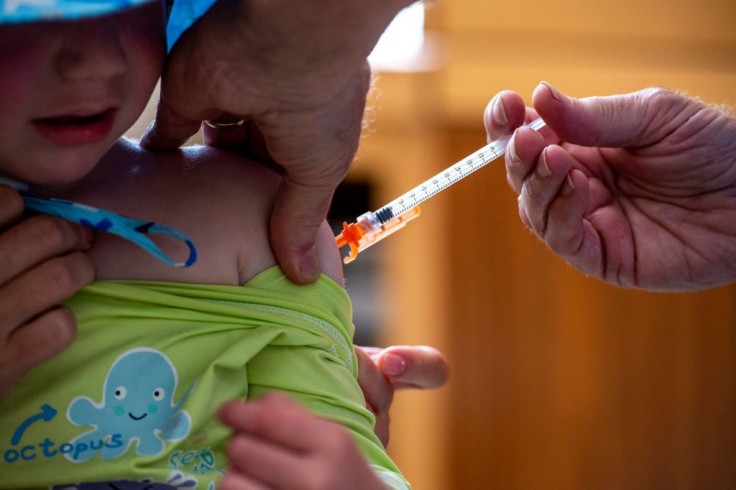
Childhood vaccination rates have dropped dramatically, as indicated by data from the City Health Department.
The rates have plummeted, and the biggest contributing factor to this decline is the spread of misinformation by public officials and conflicting opinions among medical personnel.
This has severely impacted their credibility on medical issues and vaccines in particular.
Childhood vaccination rates plummet
According to a report by the New York Post, there was a significant decrease in routine pediatric vaccination levels during the first three months of fiscal 2023.
In New York, this decrease of five percentage points, from 64.5 percent the previous year to 59.2 percent, was attributed to several factors, the most prominent of which was the COVID-19 pandemic and a decline in public trust in vaccines.
The decline in public trust has left children in the country vulnerable to COVID-19 and other diseases that could be prevented through vaccines.
Furthermore, Childhood vaccination rates plummeted, as evident in the newly released report by the Centers for Disease Control and Prevention.
The CDC reported that during the 2021-2022 school year, coverage with MMR, DTaP, polio, and varicella vaccines among kindergarten students was around 93 percent nationwide, lower than the 94 percent coverage reported during the 2020-2021 school year and 95 percent coverage reported during the 2019-2020 school year, before the pandemic.
This decline in coverage was observed in most states across the nation. Furthermore, national coverage of MMR remained below the Healthy People 2030 target of 95 percent for the second consecutive year.
Schools have implemented vaccination requirements at the state and local levels to protect students and communities, requiring children to receive four different types of vaccines.
Nationally, children are required to receive four different types of vaccination to protect themselves against these diseases.
The first kind of vaccine is two doses of measles, mumps, and rubella, also known as MMR.
Another jab required for children is DTaP, vaccines for diphtheria, tetanus, and acellular pertussis.
Third, children in the country are also required to receive the poliovirus vaccine for polio. Fourth, several varicella vaccine doses are also mandatory.
These requirements ensure that children are protected against various vaccine-preventable diseases.
Measles and polio outbreaks
The childhood vaccination rates plummeted and have led to a resurgence of measles and other diseases that were well-controlled in previous generations.
USA Today reported that one notable example was the outbreak in Columbus, Ohio, in 2022, which resulted in over 80 cases among unvaccinated children.
This outbreak was one of two major outbreaks that occurred that year. The vaccination rate for measles among Ohio kindergartners was 88.3 percent, with New York having the highest rate at 98 percent and Alaska having the lowest rate at 78 percent.
Similarly, polio vaccination rates ranged from 97.6 percent in Louisiana and Nebraska to 77.1 percent in Alaska. Last summer, a 20-year-old unvaccinated man from New York was diagnosed with polio and suffered from permanent leg paralysis.
This highlights the importance of maintaining high vaccination rates to prevent the spread of diseases.
Vaccination is a crucial aspect of public health and a key factor in preventing the spread of various vaccine-preventable diseases.
By vaccinating children, we not only protect them against these diseases but also protect communities as a whole.
When a large portion of the population is vaccinated, it creates herd immunity, which makes it difficult for a disease to spread even to those who are not vaccinated.
This helps protect vulnerable populations, such as the elderly, immunocompromised individuals, and infants too young to receive certain vaccines.